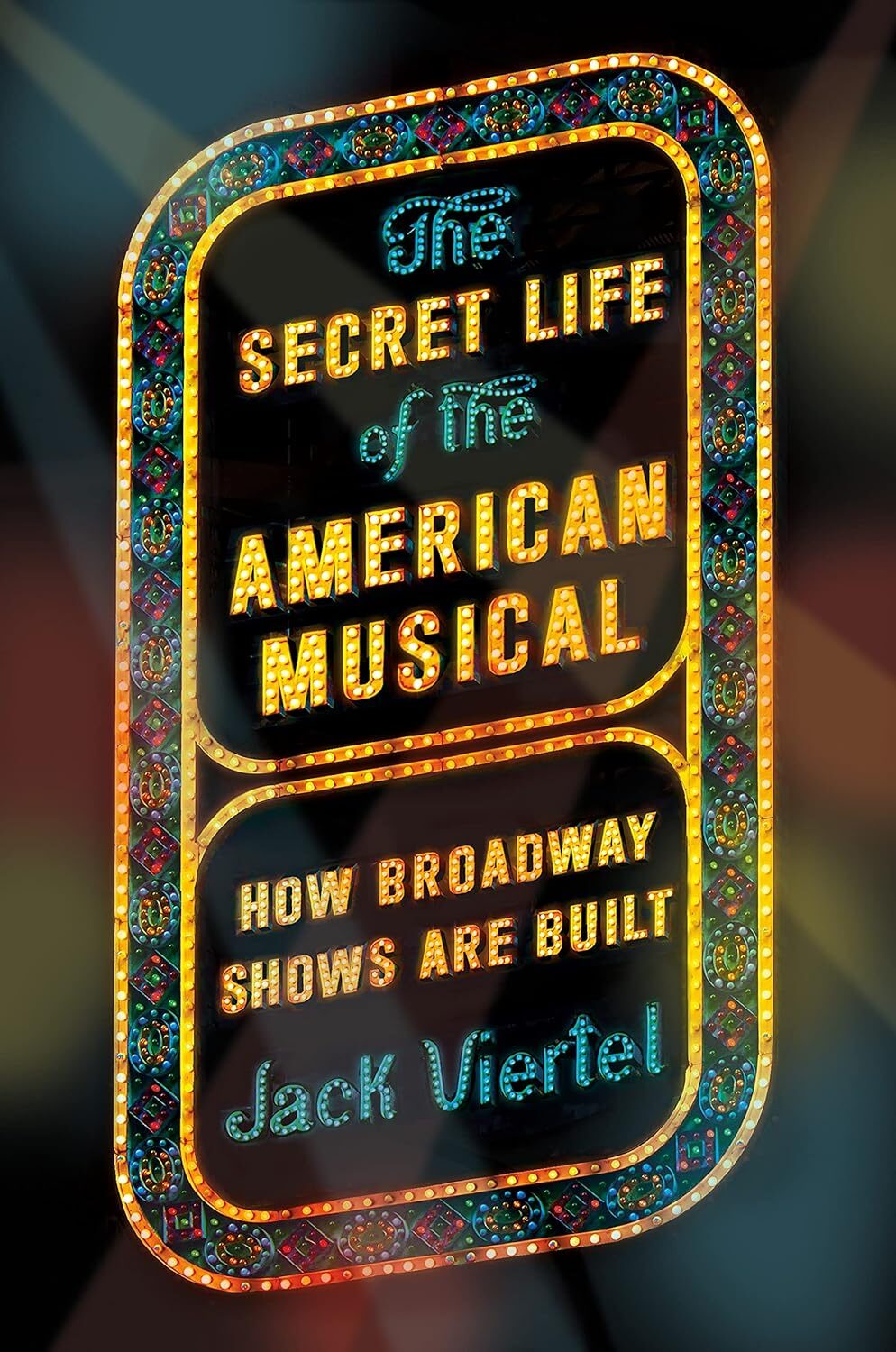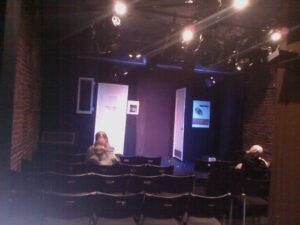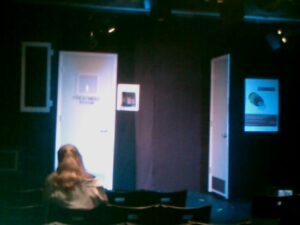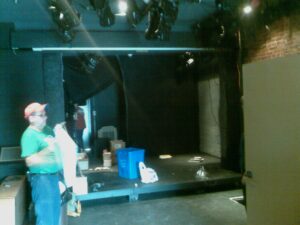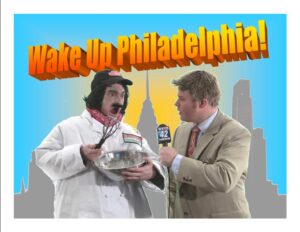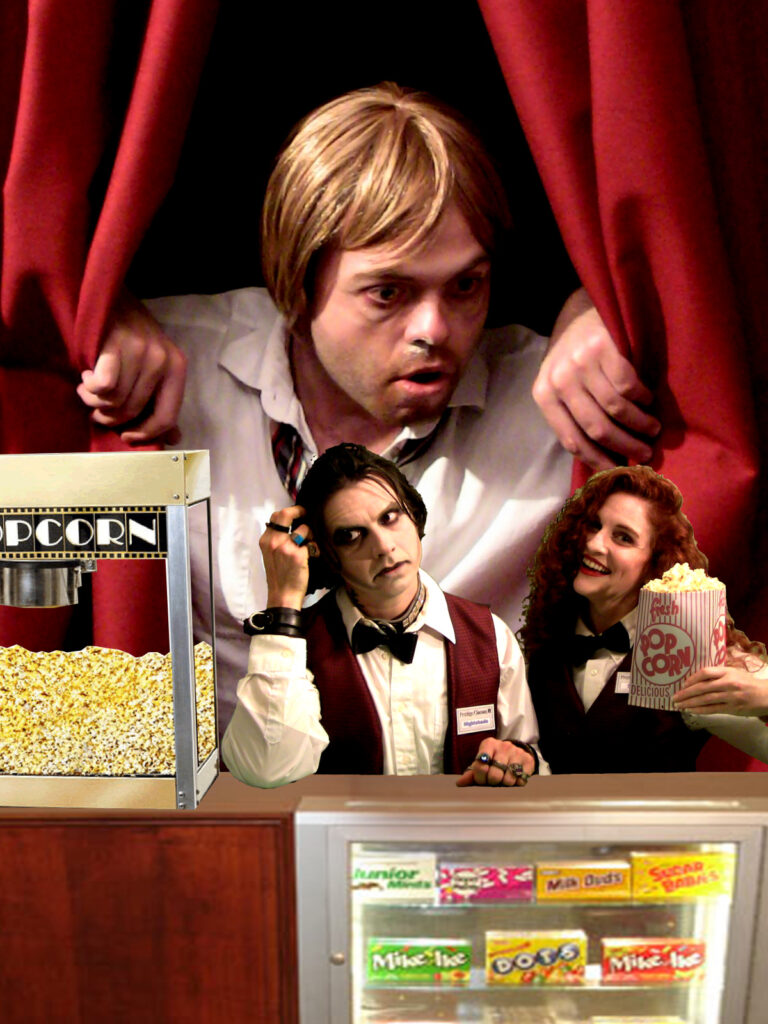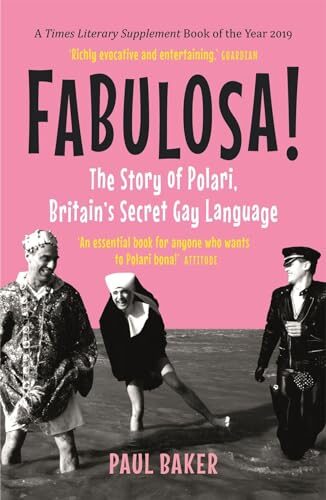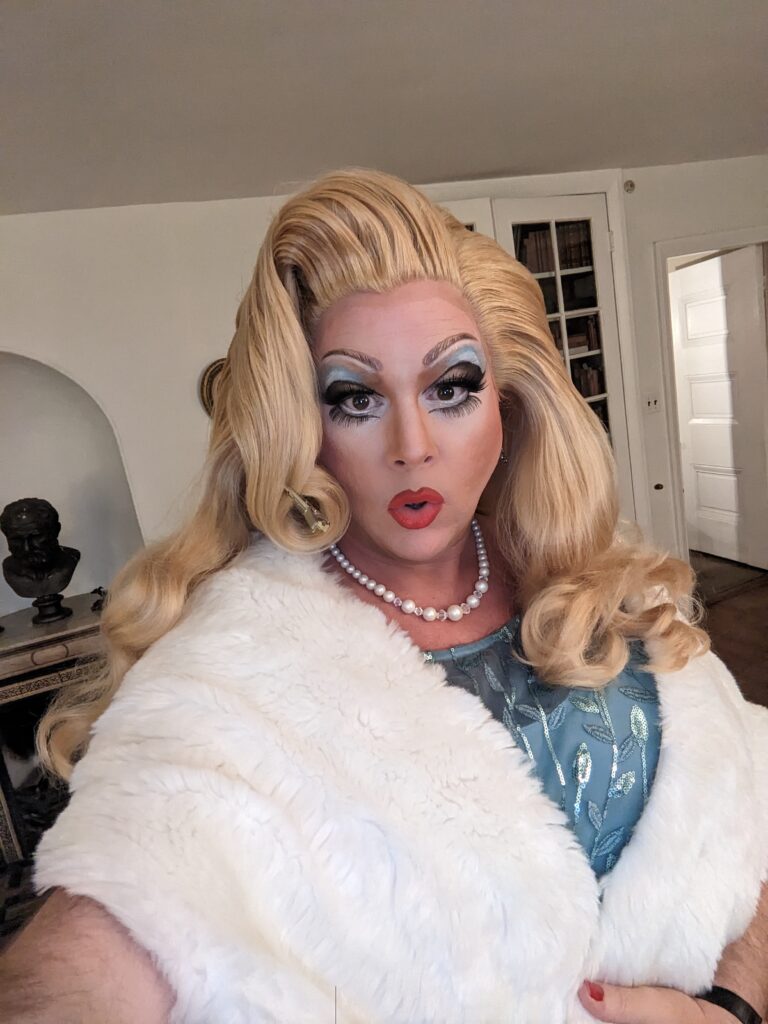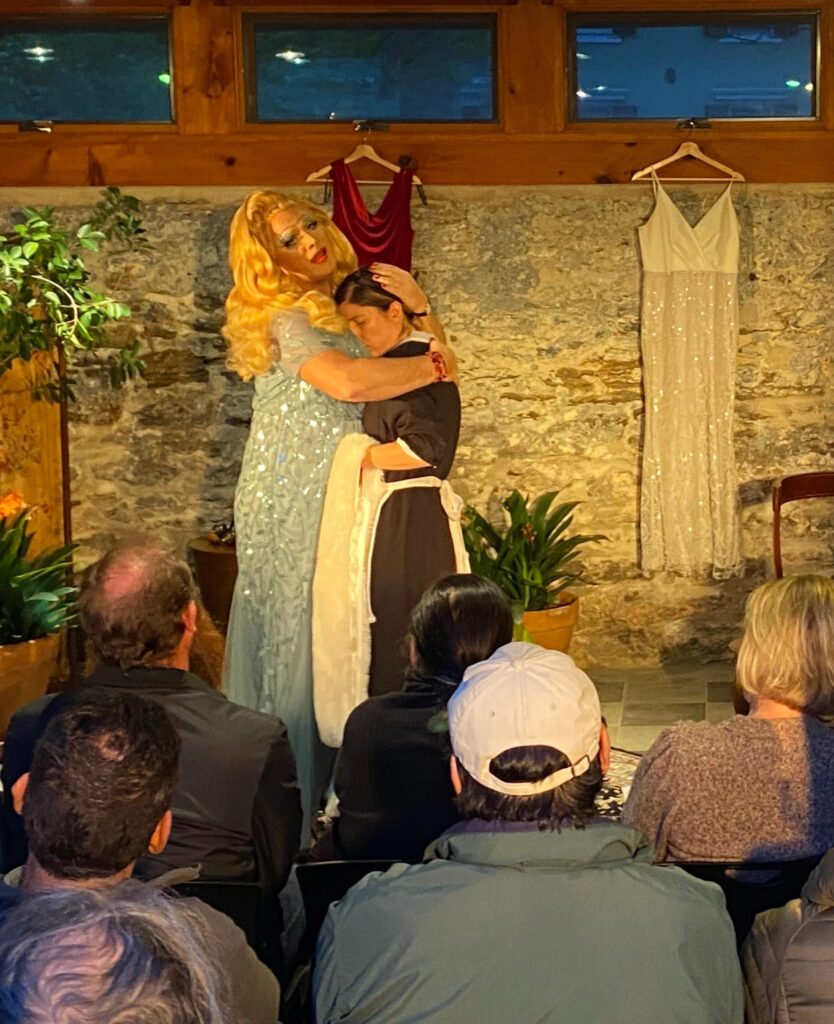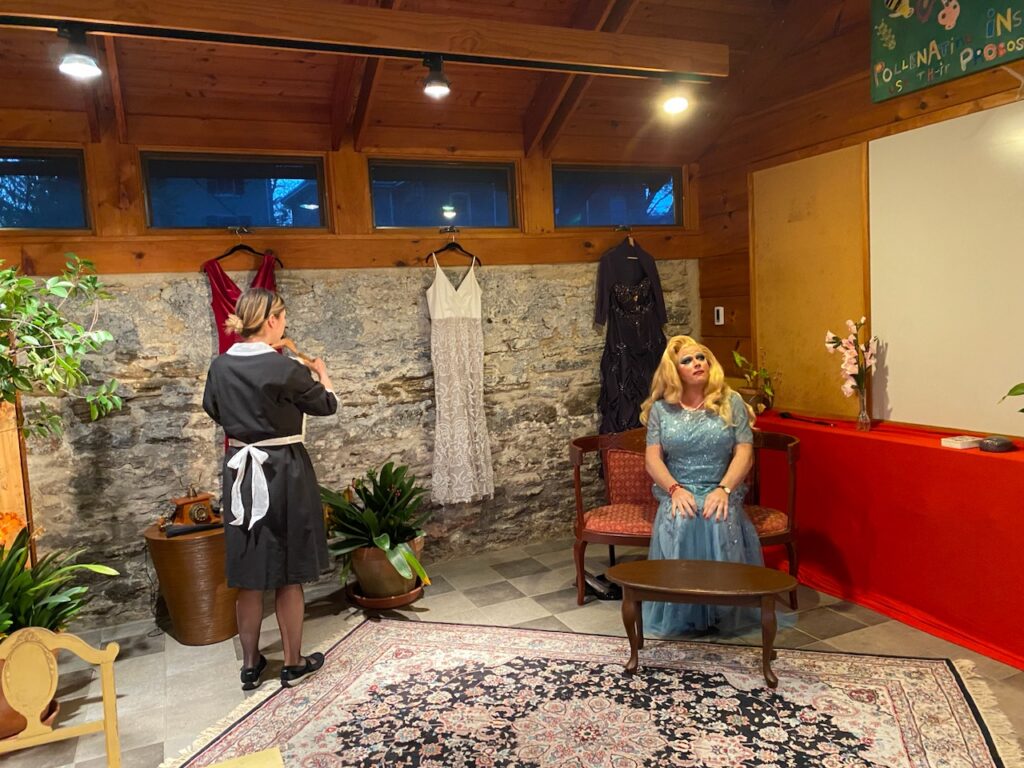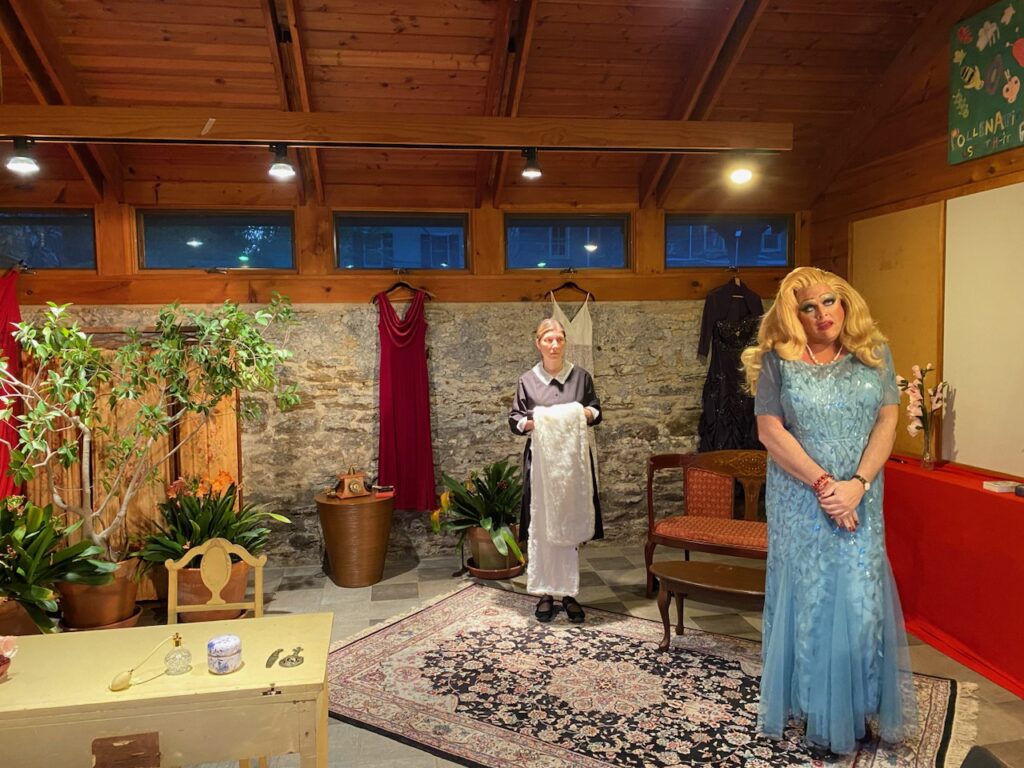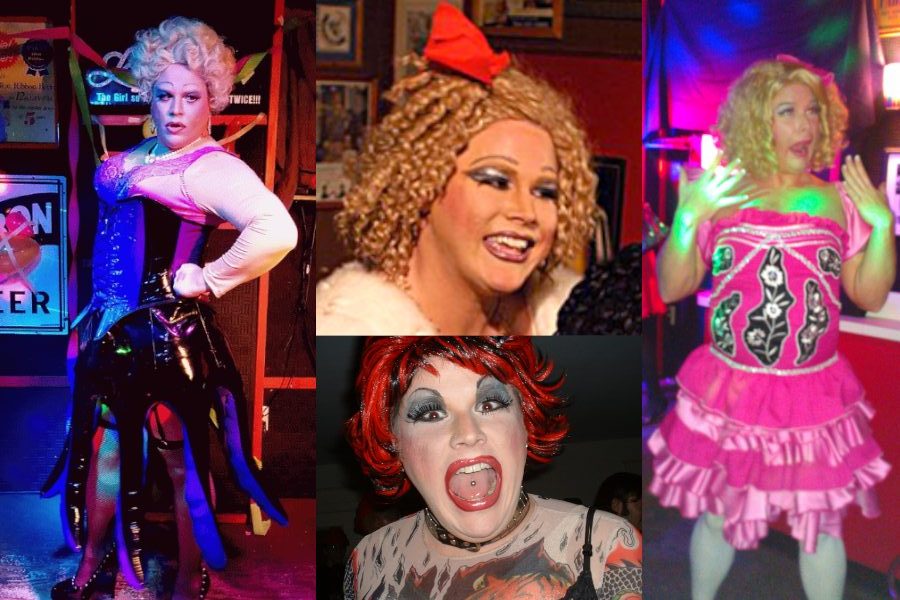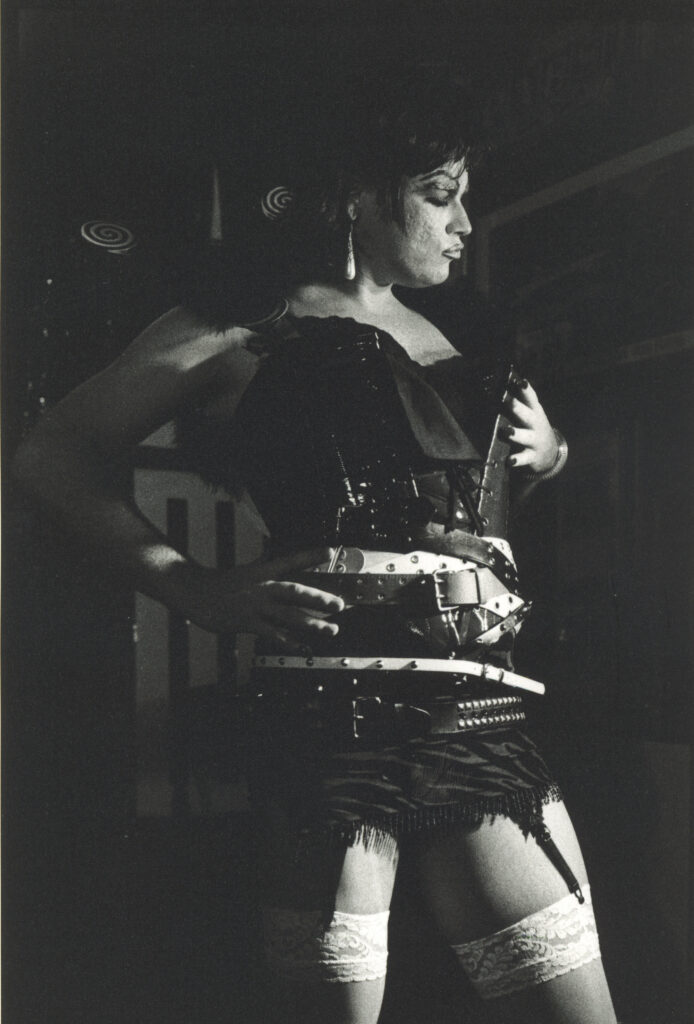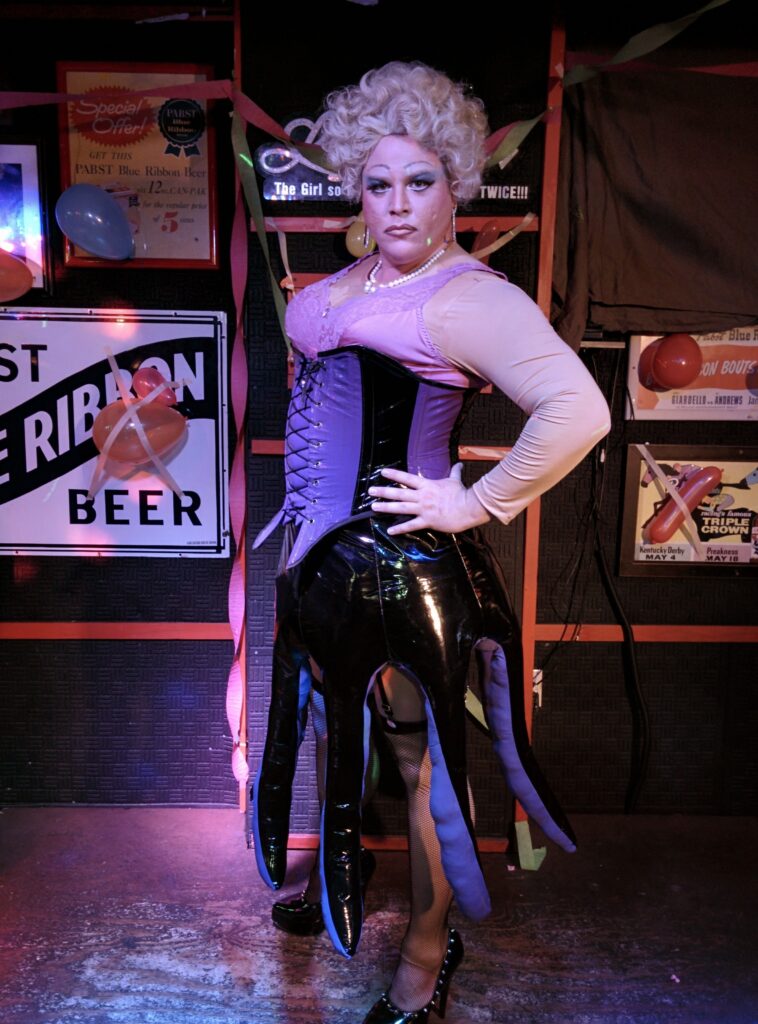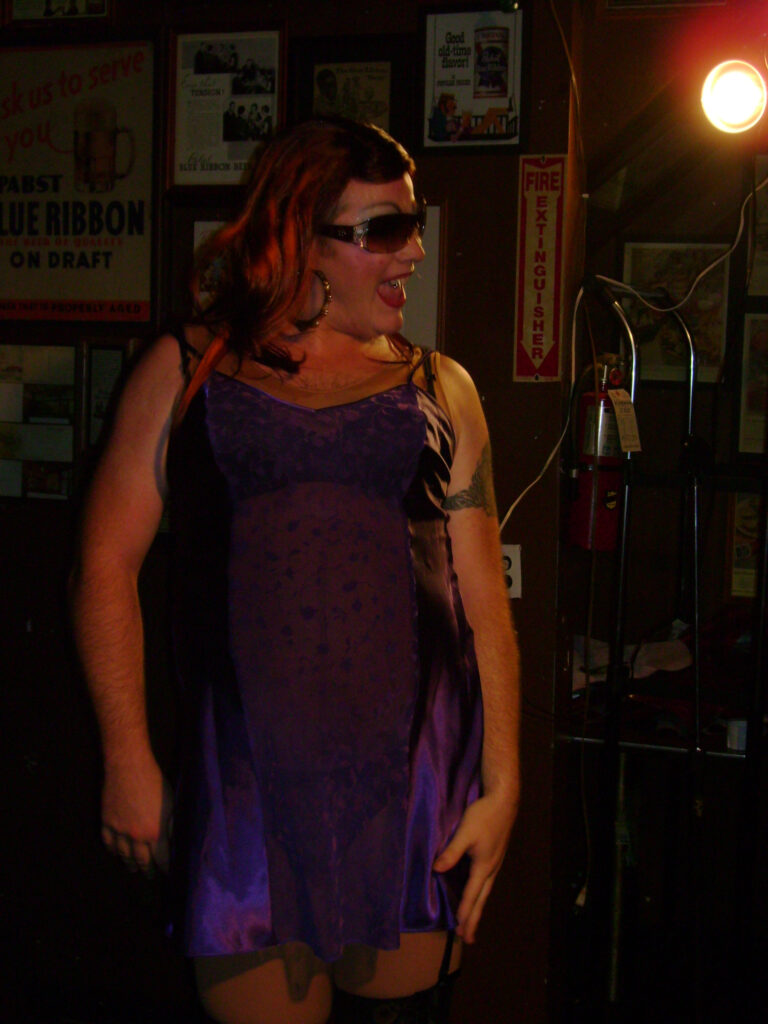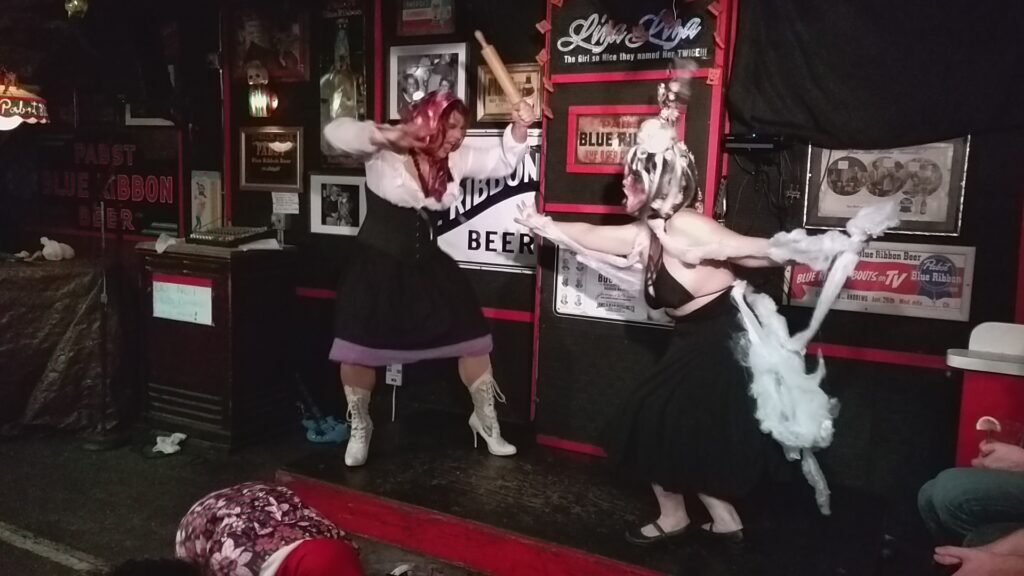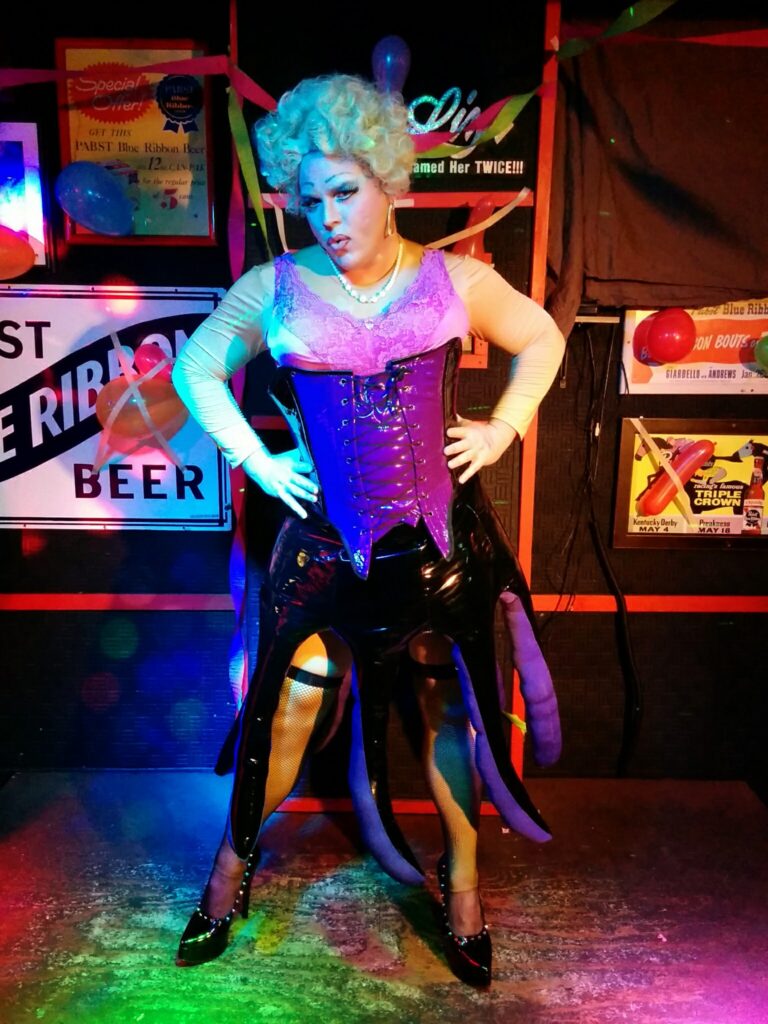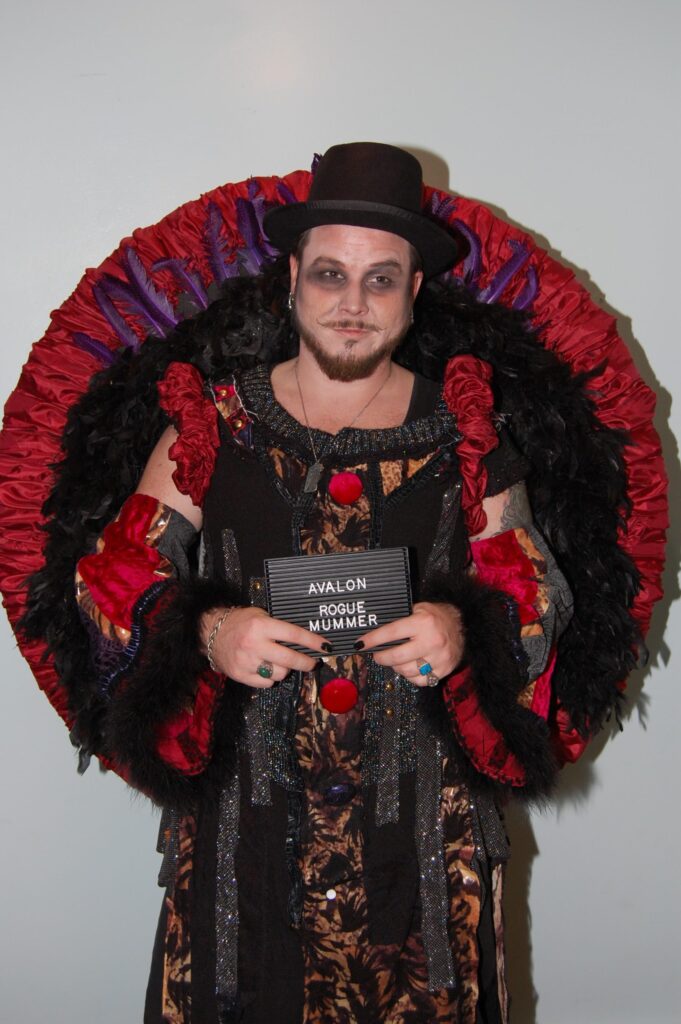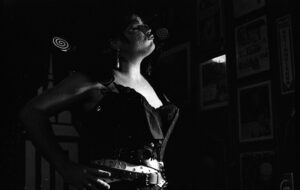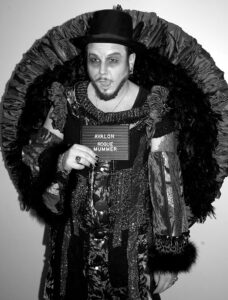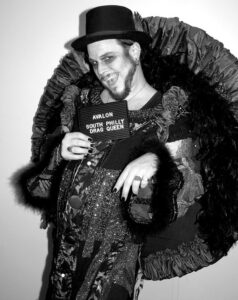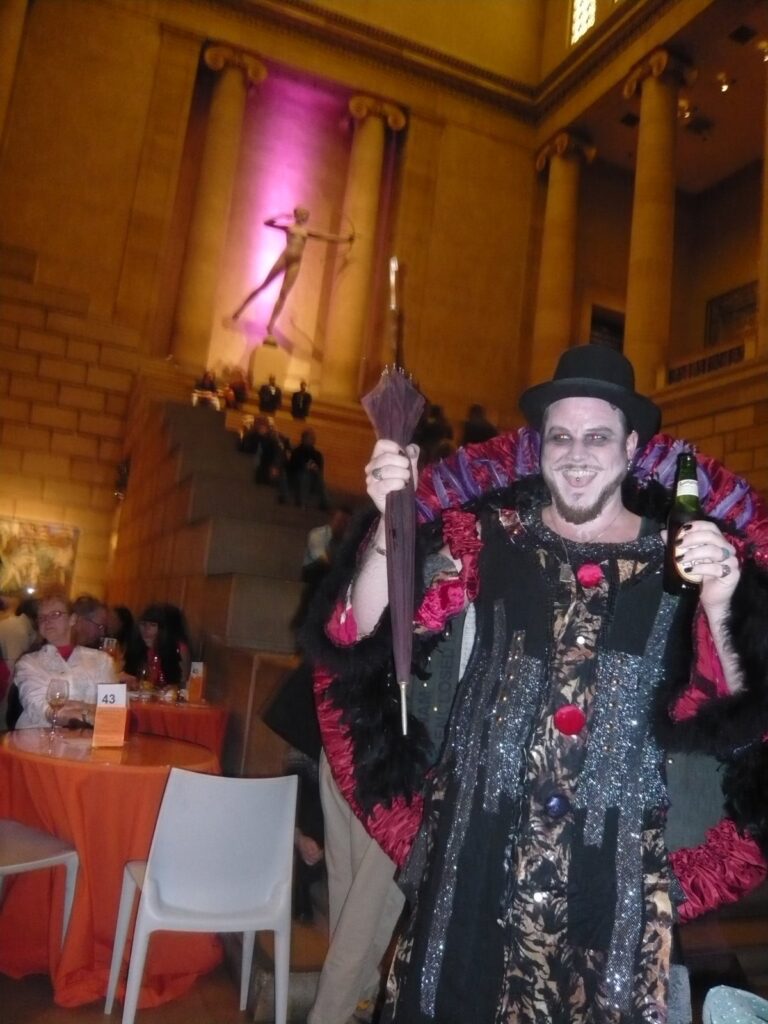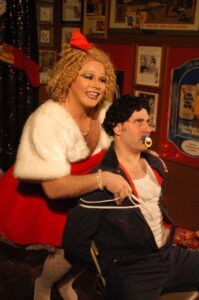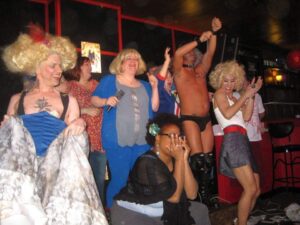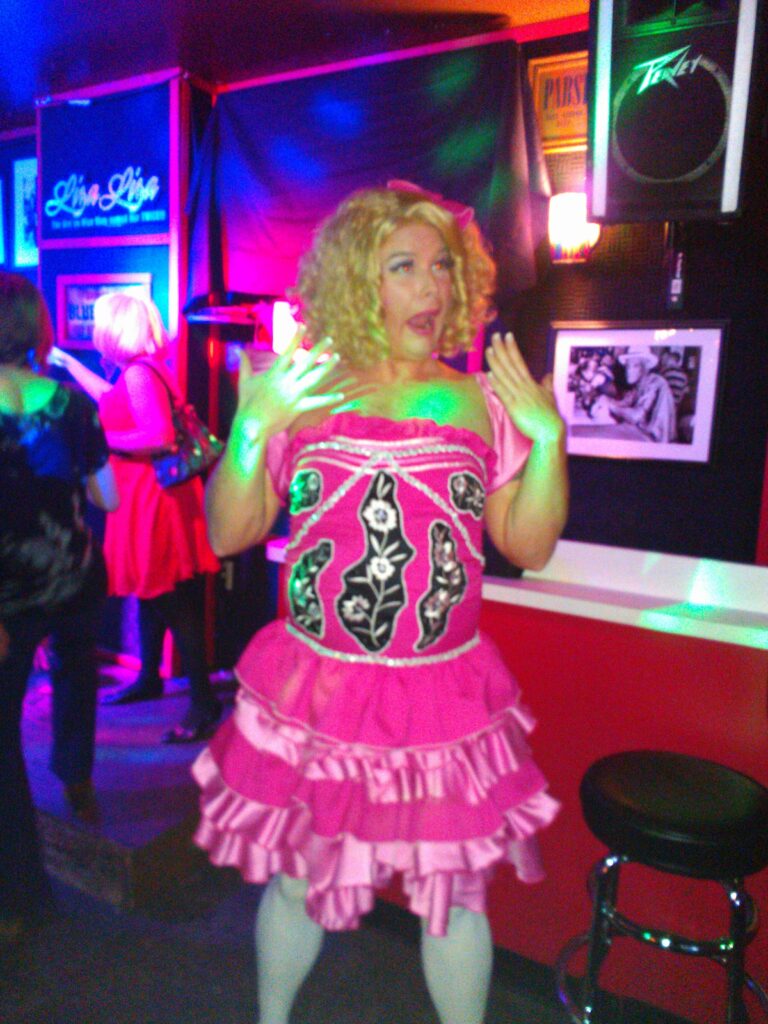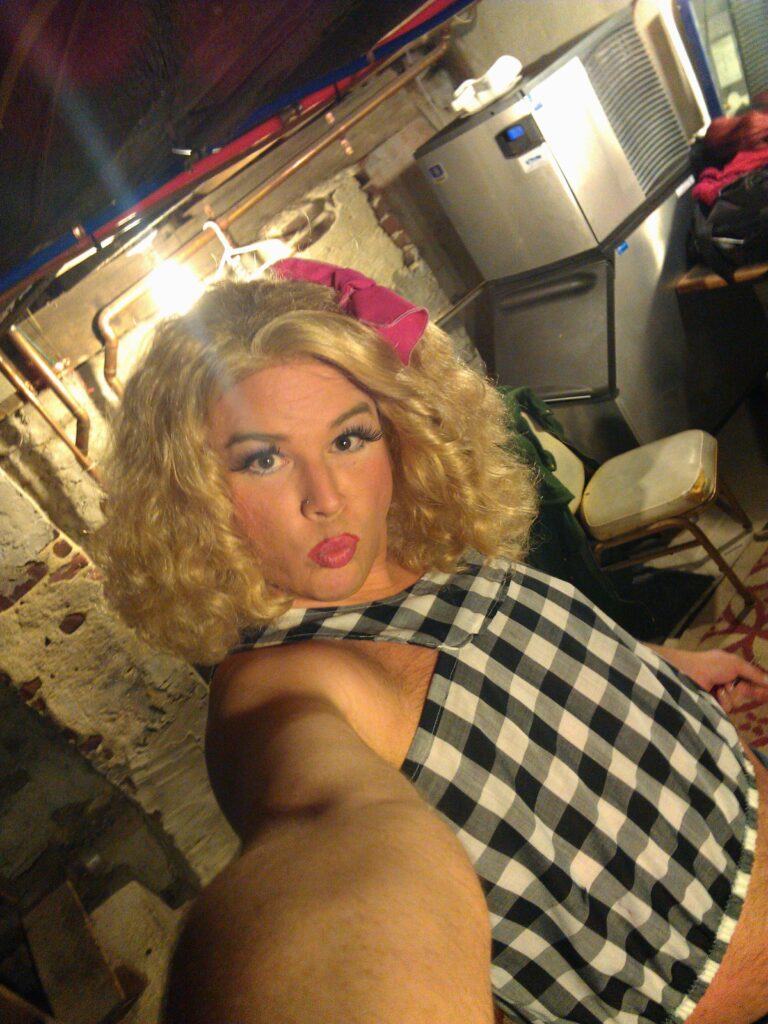This is a term that I hope to coin having done extremely limited research. While many songs and lyrics generate common sayings, like, “You can’t always get what you want” or “See you later alligator,” to name a couple well known sayings, “Sayings Songs” are songs where the lyrics come from common sayings.
The most famous and expertly crafted example I can think of is from the Gilbert and Sullivan Operetta, “Iolanthe.” “If You Go In You’re Sure to Win” looks like any song with a verse chorus structure with the third verse sung by the Lord Chancellor taking on a different melody, both to set him aside as the one who is making the big decision during this song, but the “verse” is actually the bridge in the classic AAB structure. Also, each chorus, starts with the same first two lines and followed by 4 unique lines each round, repeating the final stanza. By doing so, W. S. Gilbert has crammed in 4 unique sayings per chorus, forcing our performers to learn different lyrics for each chorus, in three part harmony, no less. Here’s a recording, featuring my favorite Gilbert and Sullivan singer, John Reed!
A contemporary example of a sayings song that immediately comes to mind is Rose Garden by Lynn Anderson. It contains many wise sayings such as, “still waters run deep” and “live and let live.” It’s a catchy tune, that may sound familiar. It was also sampled in the 90’s by Kon Kan in the song, “I Beg Your Pardon.” Give the original Lynn Anderson song a listen below!
Returning to musical theatre, I was just in a production of Kander and Ebb’s “Curtains” a couple years ago and there was a song called, “In the Same Boat,” while not a great example of a “Sayings Song” since it’s really only one or two sayings, extrapolated, to some extent. It’s also a quodlibet, taking several songs and layering them together to create one big song as explained at the beginning of this track. Take a quick listen below.
My final example comes from the show I am currently working on, “Stiff Upper Lip” from “Crazy for You.” I play the role of Eugene Fodor who actually introduces the song with the line, “But in our part of the world, we have a few sayings about this sort of thing. Stiff upper lip!” literally setting us up for a list song of sayings, simply, this time, they are all British! If you want to know how this song goes, you’ll have to come out and see me in Crazy for You at Villanova Theatre or look it up on your own.
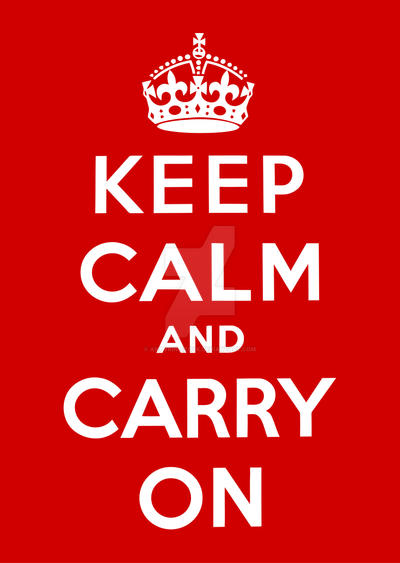
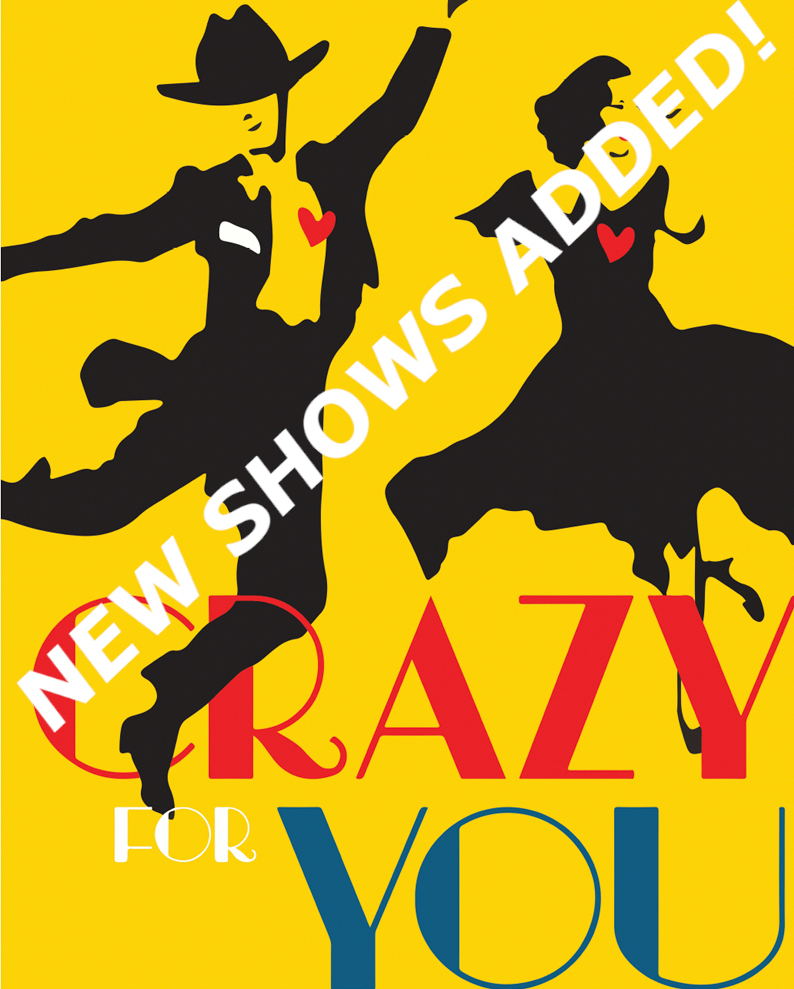
However, what’s interesting about these examples of “Sayings Songs” from musical theatre and operetta, in a story telling capacity, is that they come at a time of ponderance or decision making. In “Iolanthe,” the Lord Chancellor is trying to make a decision about the fate of his ward, Phyllis, and if he should allow her to marry or simply marry her himself. In “Curtains,” the locked-in cast of a show, subjected to a murder investigation, attempt to recreate the conditions of a murder, while workshopping a troublesome number. Lastly, “Stiff Upper” lip comes at a time when the cast of another “show within a show” are deciding if their show should go on given a nonexistent audience and pending foreclosure of the theater. In all instances a moment of clarity comes shortly after this song with the characters making decisions that ultimately determine their fates. Even thinking about “Rose Garden” by Lynn Anderson, these sayings are all advice of some sort, often given at times of reflection.
As I continue working in musical theatre, I will be keeping a keen eye out for other examples of what I hope to coin as “sayings songs” and add to the list and examine their similarities and differences, perhaps updating here as I go. Reach out to me if you have any thoughts on this or have any other songs to add to the list.
